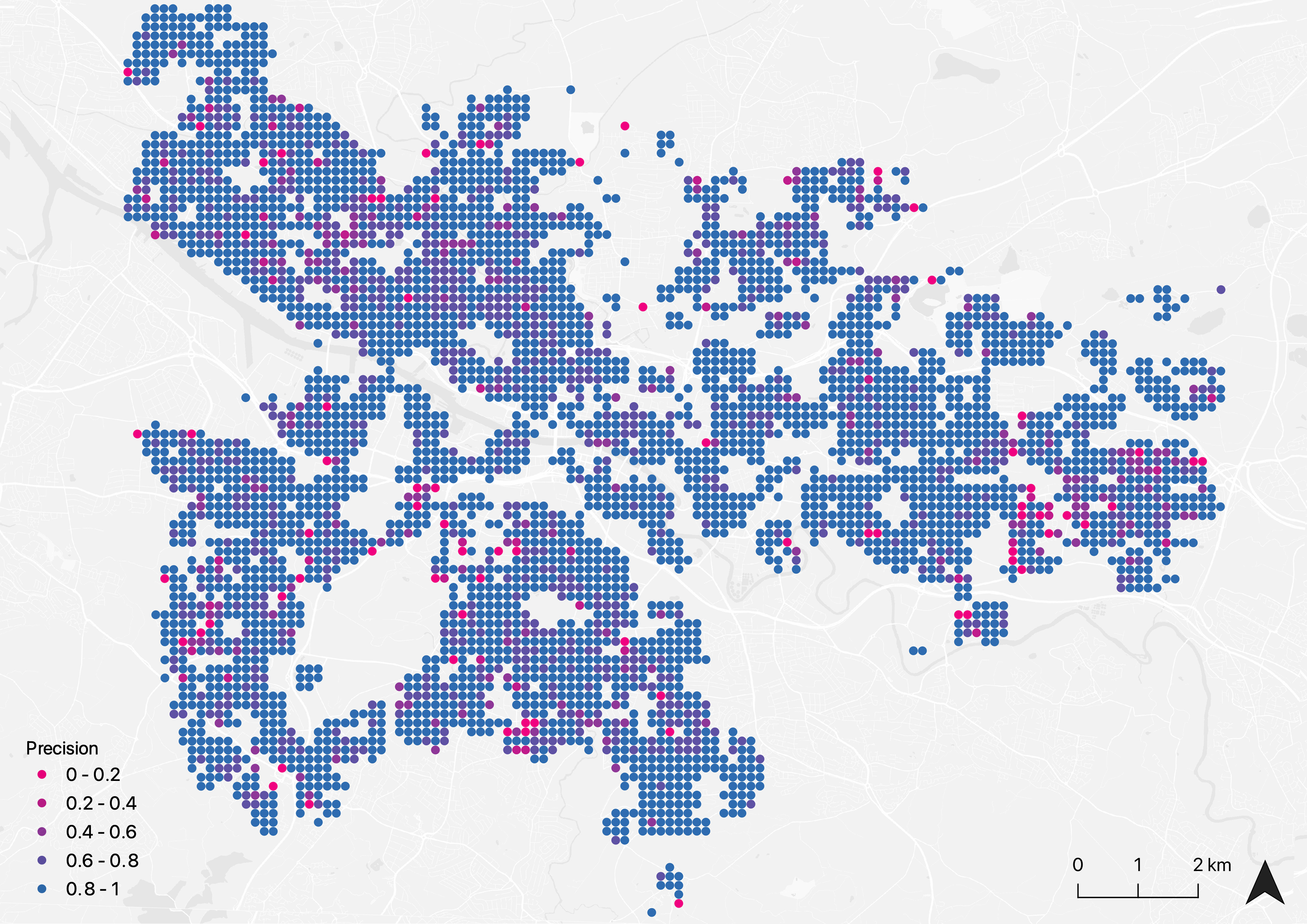Understanding building energy efficiency with administrative and emerging urban big data by deep learning in Glasgow
With buildings consuming nearly 40% of energy in developed countries, it is important to accurately estimate and understand the building energy efficiency in a city. A better understanding of building energy efficiency is beneficial for reducing overall household energy use and providing guidance for future housing improvement and retrofit. In this research, we propose a deep learning-based multi-source data fusion framework to estimate building energy efficiency. We consider the traditional factors associated with the building energy efficiency from the Energy Performance Certificate (EPC) for 160,000 properties (30,000 buildings) in Glasgow, UK (e.g., property structural attributes and morphological attributes), as well as the Google Street View (GSV) building façade images as a complement. We compare the performance improvements between our data-fusion framework with traditional morphological attributes and image-only models. The results show that including the building façade images from GSV, the overall model accuracy increases from 79.7% to 86.8%. A further investigation and explanation of the deep learning model are conducted to understand the relationships between building features and building energy efficiency by using SHapley Additive exPlanations (SHAP). Our research demonstrates the potential of using multi-source data in building energy efficiency prediction with high accuracy and short inference time. Our paper also helps understand building energy efficiency at the city level to help achieve the net-zero target by 2050.
Paper published at Energy and Buildings
Authors: Maoran Sun, Changyu Han, Quan Nie, Jingying Xu, Fan Zhang, Qunshan Zhao


